Please find all scientific publications of IGB under > scientific publications
For more detailed information please refer to our > library catalogue
161 - 170 of 747 items
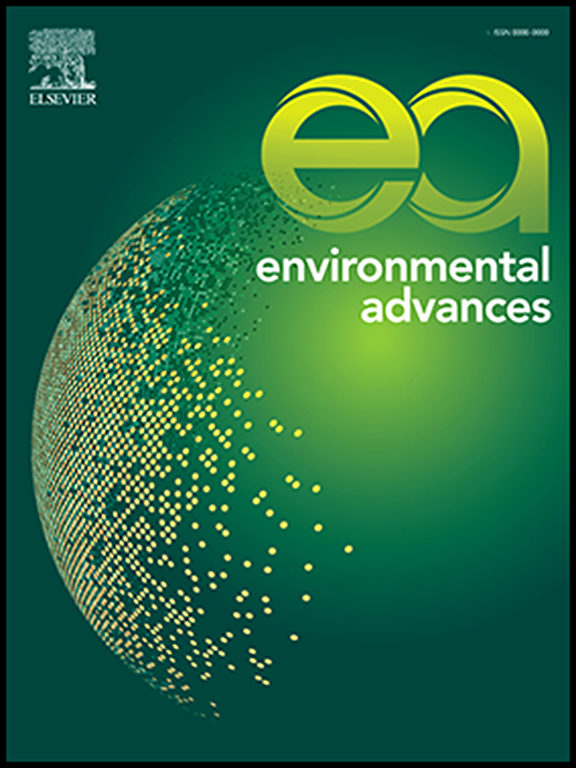
March 2025
Environmental Advances. - 19(2025), Art. 100622
Abiotic reductive dehalogenation of pharmaceuticals with naturally occurring redox mediators
Kerstin Gerundt; Jörg Lewandowski; Anke Putschew
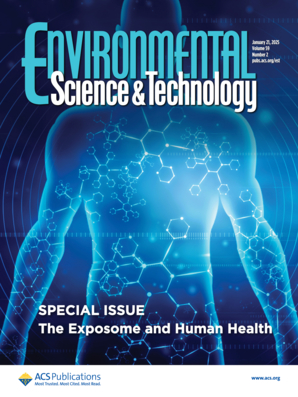
March 2025
Environmental Science & Technology. - 59(2025)9, 4674–4683
Importance of Attachment Efficiency in Determining the Fate of PS and PVC Nanoplastic Heteroaggregation with Natural Colloids Using a Multimedia Model
Fazel Abdolahpur Monikh; Joris T. K. Quik; Mark R. Wiesner; Andrea Tapparo; Paolo Pastore; Hans-Peter Grossart; Jarkko Akkanen; Raine Kortet; Jussi V.K. Kukkonen
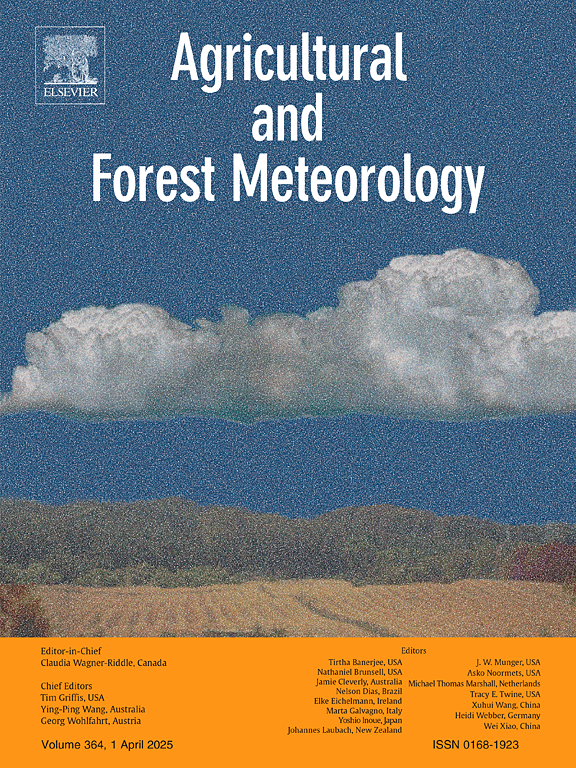
March 2025
Agricultural and Forest Meteorology. - 365(2025), Art. 110467
Does high resolution in situ xylem and atmospheric vapor isotope data help improve modeled estimates of ecohydrological partitioning?
Christian Birkel; Dörthe Tetzlaff; Ann-Marie Ring; Chris Soulsby
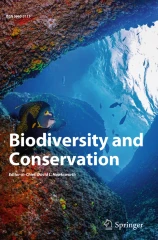
March 2025
Biodiversity and Conservation. - 34(2025), 1833–1855
Rare fish species in European lakes – patterns and processes
Thomas Mehner; Christine Argillier; Teresa Ferreira; Kerstin Holmgren; Erik Jeppesen; Fiona Kelly; Teet Krause; Mikko Olin; Pietro Volta; Ian J. Winfield; Sandra Brucet
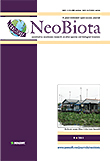
February 2025
NeoBiota. - 97(2025), S. 301-318
Food fight: Gammarus tigrinus demonstrate competitive advantage over native G. duebeni
James W. E. Dickey; Julian W. Zeller; Elizabeta Briski; Jonathan M. Jeschke; Gareth Arnott
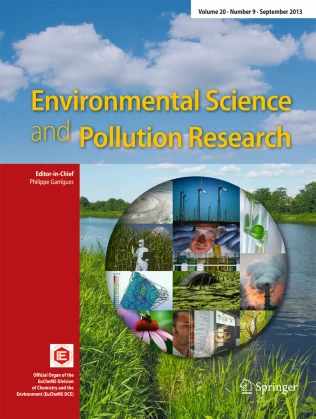
February 2025
Environmental Science and Pollution Research. - 32(2025), 6784–6803
Spatial distribution of nicotine concentrations in Berlin’s surface waters and their potential sources
Markus Venohr; Christine Beusch; Tobias Goldhammer; Hanh Hong Nguyen; Simone Podschun; Claudia Schmalsch; Christian Wolter
February 2025
Journal of Applied Ecology. - 62(2025)4, 1052-1062
The crucial role of ecohydraulic factors in triggering sturgeon reproduction: Implications for active habitat restoration strategies in the Yangtze River
Hao Du; Xuan Ban; Pengcheng Li; Wurong Shih; Panayiotis Diplas; Jinming Wu; Junyi Li; Peilin Cheng; Pengsheng Li; Wencheng Liu; Fengzhi He

February 2025
International Biodeterioration & Biodegradation. - 199(2025), Art. 106031
Improving bioavailability of lignocellulosic biomass by pretreatment with the marine fungus Chaetomium sp. CS1
Minghuang Ling; Ping Zheng; Xiaomei Huang; Gaili Fan; Huafeng Zhang; Zhijie Xu; Peiwen Zhuang; Changyou Wang; Hans-Peter Grossart; Kai Zhang; Zhuhua Luo
February 2025
Current Biology. - 35(2025)6, 1364-1372.e2
New fish migrations into the Panama Canal increase likelihood of interoceanic invasions in the Americas
Gustavo A. Castellanos-Galindo; Diana M.T. Sharpe; D. Ross Robertson; Victor Bravo; Jonathan M. Jeschke; Mark E. Torchin
The authors have compared the fish communities of Lake Gatun in the Panama Canal before and after the canal’s expansion in 2016: Marine fish species now make up 76 percent of the total biomass of the fish population and are primarily large predatory fishes. The lake’s food web is changing and local fisheries are impacted. There is also an increased risk of fishes colonizing the opposite ocean.
February 2025
Scientific Reports. - 15(2025), Art. 6237
Shedding light on dark taxa: exploring a cryptic diversity of parasitoid wasps affected by artificial light at night
Manuel Dietenberger; Andreas Jechow; Manuela Sann; Franz Hölker




